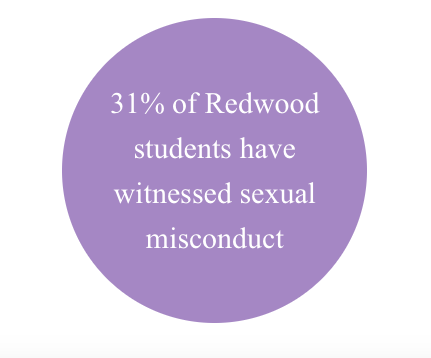How administrations enforce rigid steps in a flexible way
June 3, 2020
According to Seabury, Farr and Sondheim, sexual harassment and assault complaints are addressed on a “case-by-case” basis, meaning there is limited standardization between the way different cases are addressed.
Drake High School receives approximately seven to 10 sexual harassment complaints each school year, according to Seabury. Once a complaint is received, the administration’s following actions are determined in accordance to the severity of the incident basis.
“It really depends, case-by-case, on all the different steps we take,” Seabury said.
Similarly, Sondheim has a specific list of steps taken to address a sexual misconduct complaint, but the resulting consequences are more fluid.
“When we get a complaint, we investigate it. After we’ve investigated, we report it. We determine the consequences if there are any [repeat incidents]. That’s a little more case-by-case,” Sondheim said in November 2019.
TUHSD Superintendent Dr. Tara Taupier affirms that flexible protocols should not be confused with a lack of standards.
“I think there’s a difference between not having standards and following up on a case-by-case [basis]. Everything is case-by-case because no two instances are alike, but we have policies and practices in place that we follow every time a complaint is filed… The evidence comes forward in a way that is unique to each case, then how you respond is predicated on what evidence unfolds,” Taupier said.
According to Taupier, different staff members have different responsibilities when it comes to enforcing sexual misconduct policies. 
“The enforcement is on everyone, basically. If you look at it, teachers are mandated reporters, every adult is required to report anything they hear or see, admin is required to follow up and ask them of any report or instance that they see and make sure the policies are being followed. It is up to district administration and the board to ensure that we have up to date policies,” Taupier said.
According to Farr, it is difficult to have a standard protocol for implementing consequences because there are unique elements to every case, such as the severity or if it is a repeated offense, which administrators need to consider.
Generally, the admin will work with district officials to gather information from the parties involved as well as adults who might have witnessed the situation. If they feel like the case is more serious and may be an example of sexual assault rather than harassment, they get the police involved.
With a focus on restoration rather than punishment, the admin and district official will enforce a solution that ranges from conversations between the parties involved to suspension.
“I think it’s important that we provide opportunities for the perpetrator to receive the support needed and also determine a path back into the community and re-establish themselves as a trusted member of our school,” Farr said.
According to Seabury, suspension is only used when a student cannot be trusted to behave appropriately at school.
“We expect you to come to school and behave and treat people with the utmost respect. And if you are sexually harassing another student, we can’t trust you to be at school. So that’s when we really [turn to] suspension,” Seabury said.
However, in Seabury’s experience, most cases of sexual harassment have an underlying cause which encouraged the perpatrator to act inappropriatly. Because of this, Seabury handles sexual harassment with rehabilitation in mind.
“We’re building restorative justice measures. So we always try to take that approach,” Seabury said.